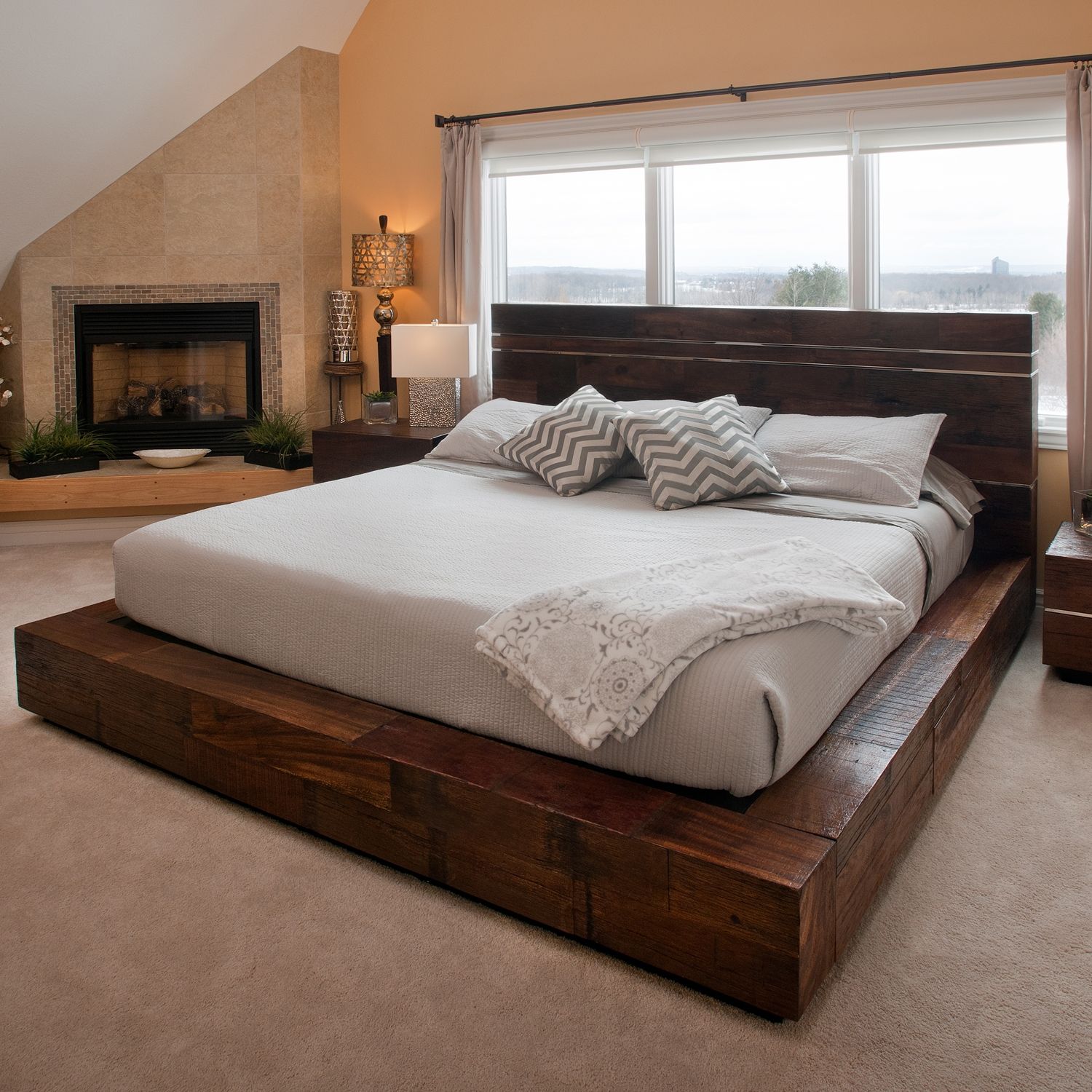In the quest for the perfect night’s sleep, choosing the right foundation for your mattress plays a crucial role. Two popular choices that often stand out are platform beds and box springs. Each has its unique advantages and aesthetic appeal, catering to different preferences and lifestyles. This comprehensive guide delves into the world of platform beds and box springs, helping you make an informed decision on which suits your needs best.
Understanding the Basics
Platform Beds: A Modern Marvel A platform bed, as the name suggests, is a type of bed frame designed with a solid or slatted surface to support a mattress directly, eliminating the need for a box spring. Typically, platform beds feature clean lines and a low profile, enhancing minimalist and contemporary décors. They often come with built-in storage drawers or headboards, maximizing space efficiency in smaller rooms.
Box Springs: The Traditional Choice On the other hand, box springs have been a staple in bedrooms for decades. They consist of a wooden frame covered with fabric and containing springs or metal grids inside. The primary function of a box spring is to elevate the mattress, provide additional cushioning, and absorb shock, thereby extending the life of the mattress. Historically, they were essential for traditional innerspring mattresses but have seen a decline in necessity with the advent of newer mattress technologies.
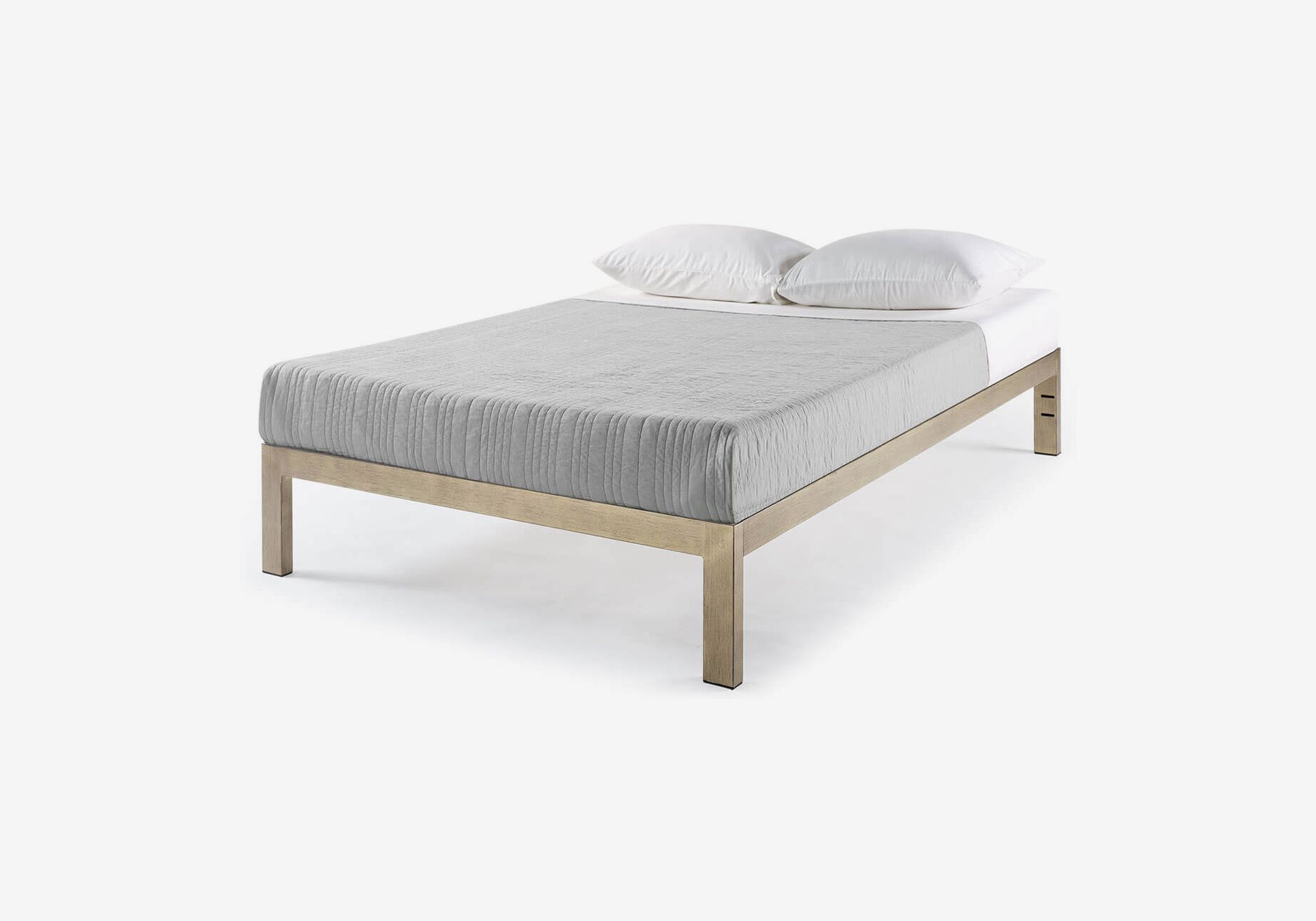
Support & Durability
Platform Beds: Stable and Sturdy One of the key advantages of platform beds lies in their robust structure. Solid platforms or well-spaced slats (usually no more than 3 inches apart) offer ample support for most modern mattresses, including memory foam, latex, and hybrid varieties. This direct support can enhance the comfort and longevity of these mattresses without the added cost and bulk of a box spring.
Box Springs: Designed for Innersprings While box springs were originally intended to work in tandem with innerspring mattresses, their effectiveness with newer mattress types is debatable. For some high-quality innerspring mattresses, a box spring can still provide that familiar bounce and extra height, but it may not be necessary for foam-based mattresses, which can sometimes sag between the wider gaps of older box springs.
Cost & Space Efficiency
Platform Beds: Economical & Space-Saving Platform beds often represent a cost-effective option over time. While the upfront cost might be slightly higher than purchasing just a mattress and a box spring, the elimination of the need for a box spring and the inclusion of storage features can lead to long-term savings. Moreover, their sleek designs make them ideal for apartments or small bedrooms where every square foot counts.
Box Springs: Initial Cost Savings Box springs are generally less expensive than platform beds, especially when purchased as part of a mattress set. However, this initial saving might be offset by the need to replace them more frequently and the lack of built-in storage options. Additionally, box springs add to the overall height of the bed, which can be a disadvantage in rooms with low ceilings or for individuals who prefer a lower sleeping surface.
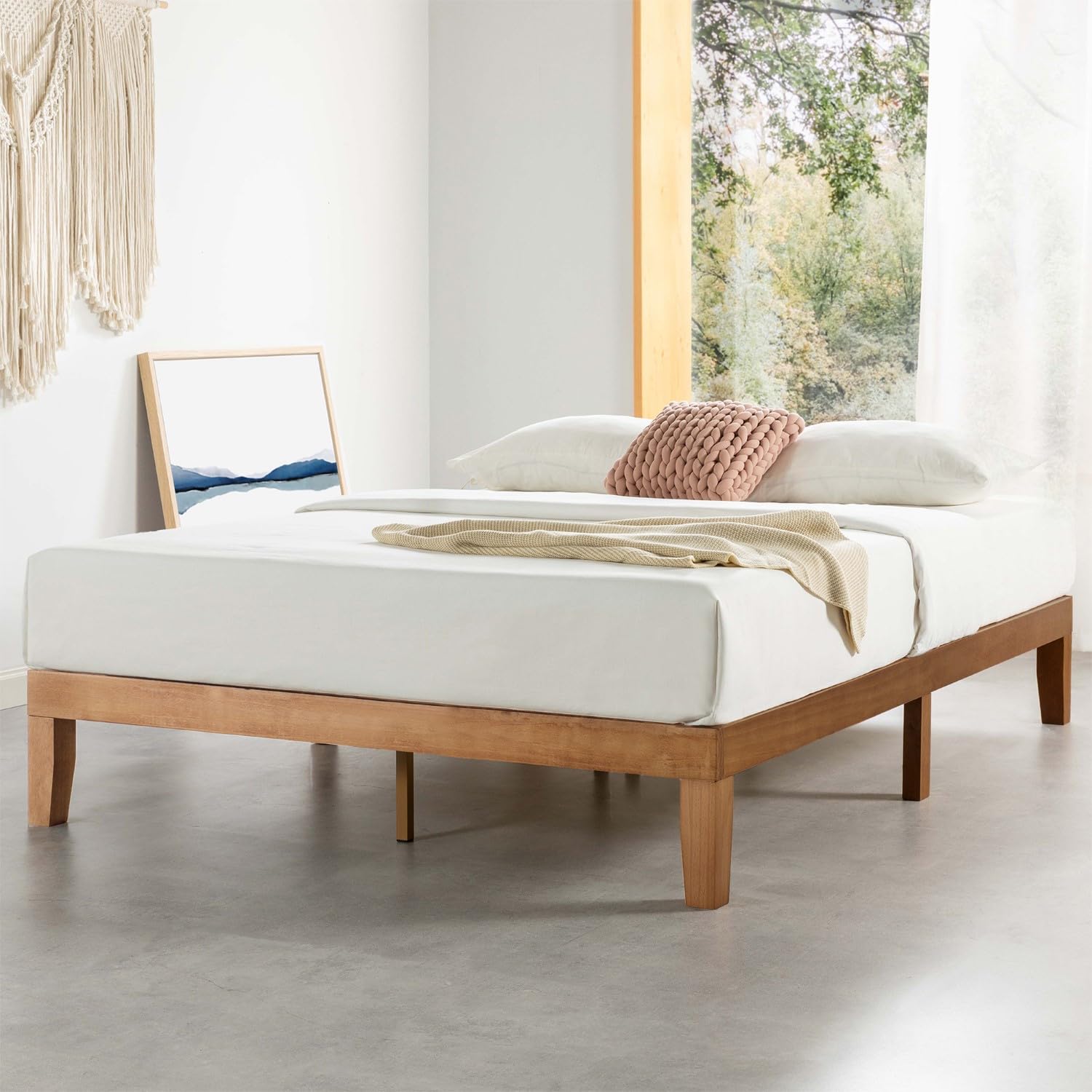
Aesthetic Appeal & Design Flexibility
Platform Beds: Versatile Style Statements Platform beds lend themselves well to a wide range of design aesthetics, from minimalist to rustic, thanks to their clean lines and variety of materials used (wood, metal, upholstered). Their low-profile nature creates a sense of openness, making them a popular choice for modern interiors. Many models also allow for customization, such as interchangeable headboards, further enhancing their versatility.
Box Springs: Classic Yet Limited Traditionally, box springs were meant to be concealed under a bed skirt, maintaining a classic, cohesive look with the mattress. However, this concealment also limits their visual impact. With a narrower range of styles and colors compared to platform beds, box springs may not cater to diverse design preferences. They are best suited for those who prioritize function over form or have a traditional bedroom setup.
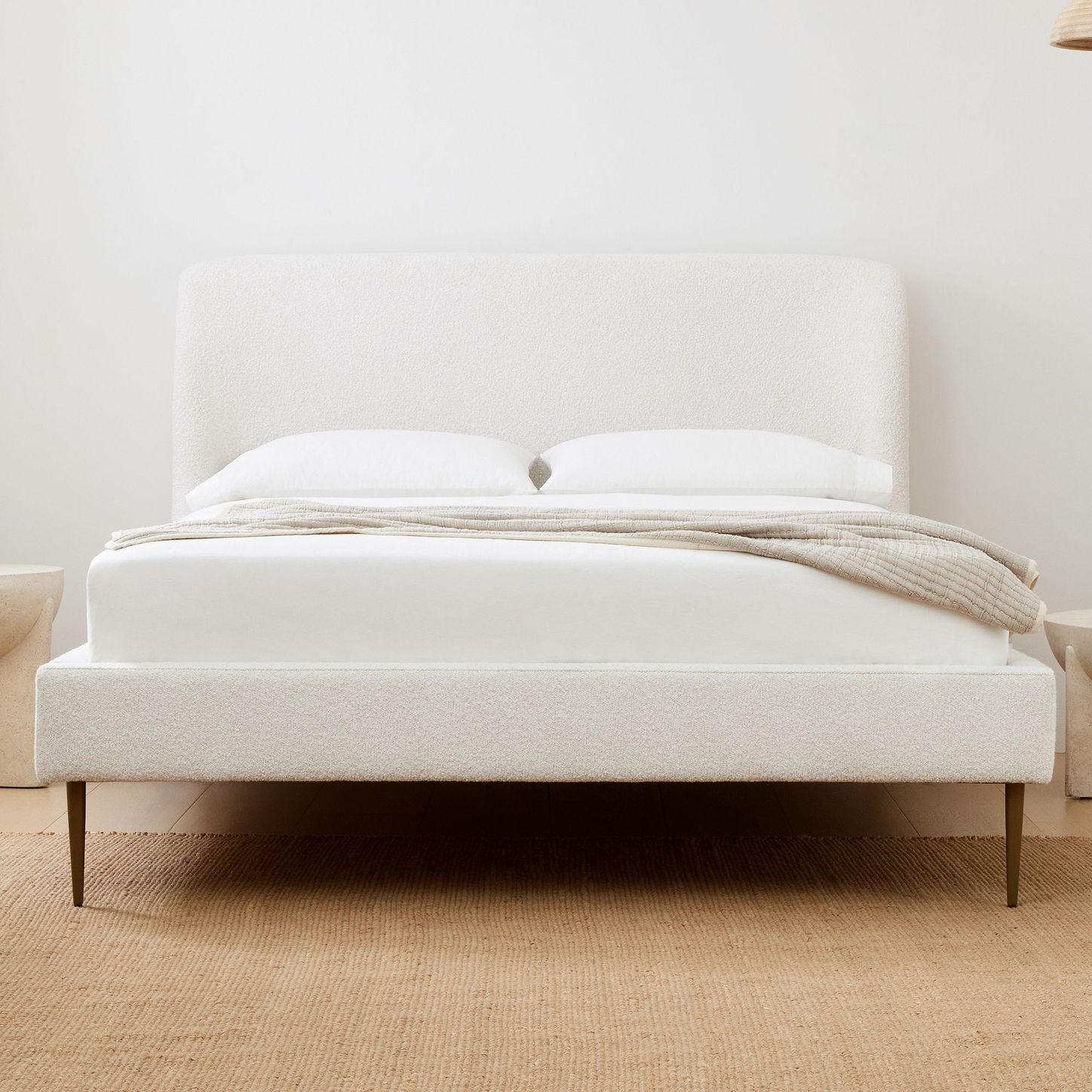
Environmental Impact & Longevity
Platform Beds: Sustainable Options Many platform beds are crafted using sustainable materials like bamboo or reclaimed wood, making them an eco-friendlier choice. Additionally, their durability ensures a longer lifespan, reducing the need for frequent replacements and contributing to a reduced carbon footprint. Slatted designs also promote better airflow beneath the mattress, reducing moisture accumulation and prolonging the mattress’s life.
Box Springs: Potential for Waste Box springs, especially those made with non-biodegradable materials, can contribute to waste when they reach the end of their lifecycle. They are typically replaced more often than platform beds due to wear and tear, and recycling options for box springs can be limited, leading to environmental concerns. However, investing in a high-quality box spring can mitigate these issues to some extent.
Making the Right Choice
Ultimately, deciding between a platform bed and a box spring comes down to personal preference, bedroom layout, and the type of mattress you have. If you value modern design, space efficiency, and direct mattress support, a platform bed is likely the optimal choice. Conversely, if you’re loyal to a traditional innerspring mattress and appreciate the additional height and bounce, a box spring may still serve you well. Considering factors like cost, aesthetics, and sustainability can guide you towards a selection that ensures not only a good night’s sleep but also complements your lifestyle and values.
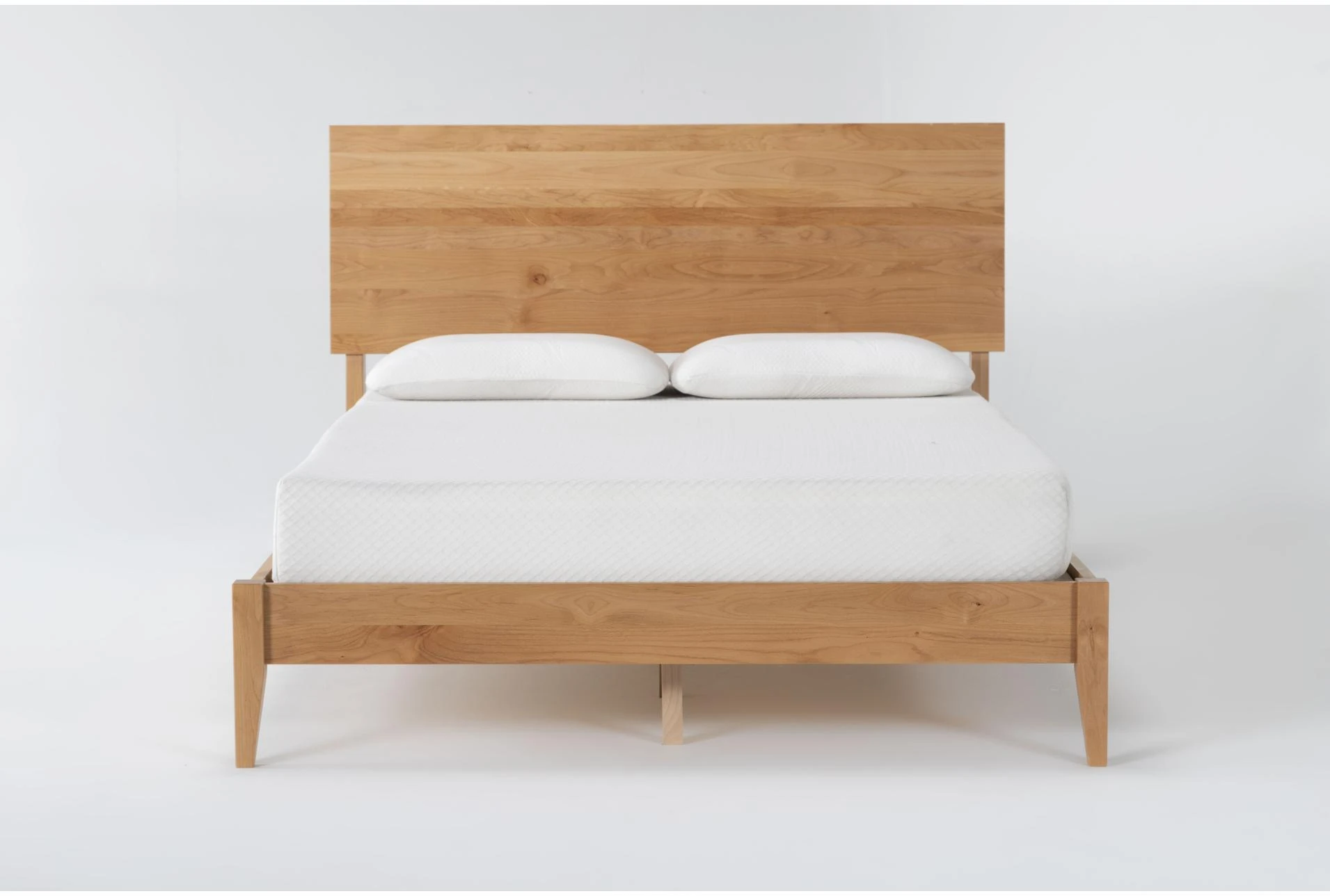
Mattress Types and Their Compatibility
With the evolution of mattress technology, understanding how different types of mattresses interact with various bed foundations is crucial. This article delves into the compatibility of mattresses like memory foam, latex, hybrid, and innerspring with both platform beds and box springs, highlighting the ideal pairings for maximum comfort and longevity.
Eco-Friendly Bedroom Upgrades for Better Sleep
Sustainability is increasingly becoming a priority for consumers, and the bedroom is no exception. Explore a range of eco-friendly alternatives for bedding, pillows, and furniture, including tips on how to repurpose old items and choose products made from renewable resources. Discover how these green upgrades can enhance not just your sleep quality but also contribute positively to the environment.
Maximizing Bedroom Storage with Smart Furniture
Space constraints are a common challenge in many homes. This guide presents innovative storage solutions beyond the standard platform bed drawers, such as wall-mounted shelves, under-bed storage containers, and multipurpose furniture pieces. Learn how to creatively utilize every inch of your bedroom while maintaining a clutter-free and aesthetically pleasing space.
The Importance of Mattress Ventilation and How to Achieve It
Proper air circulation beneath and within a mattress is vital for preventing mold, mildew, and bacterial growth, as well as maintaining the mattress’s integrity. Discuss the role of bed foundations like platform beds with slatted bases and breathable materials in promoting ventilation. Offer practical advice on maintaining mattress hygiene, including regular rotations and the use of breathable bedding materials.
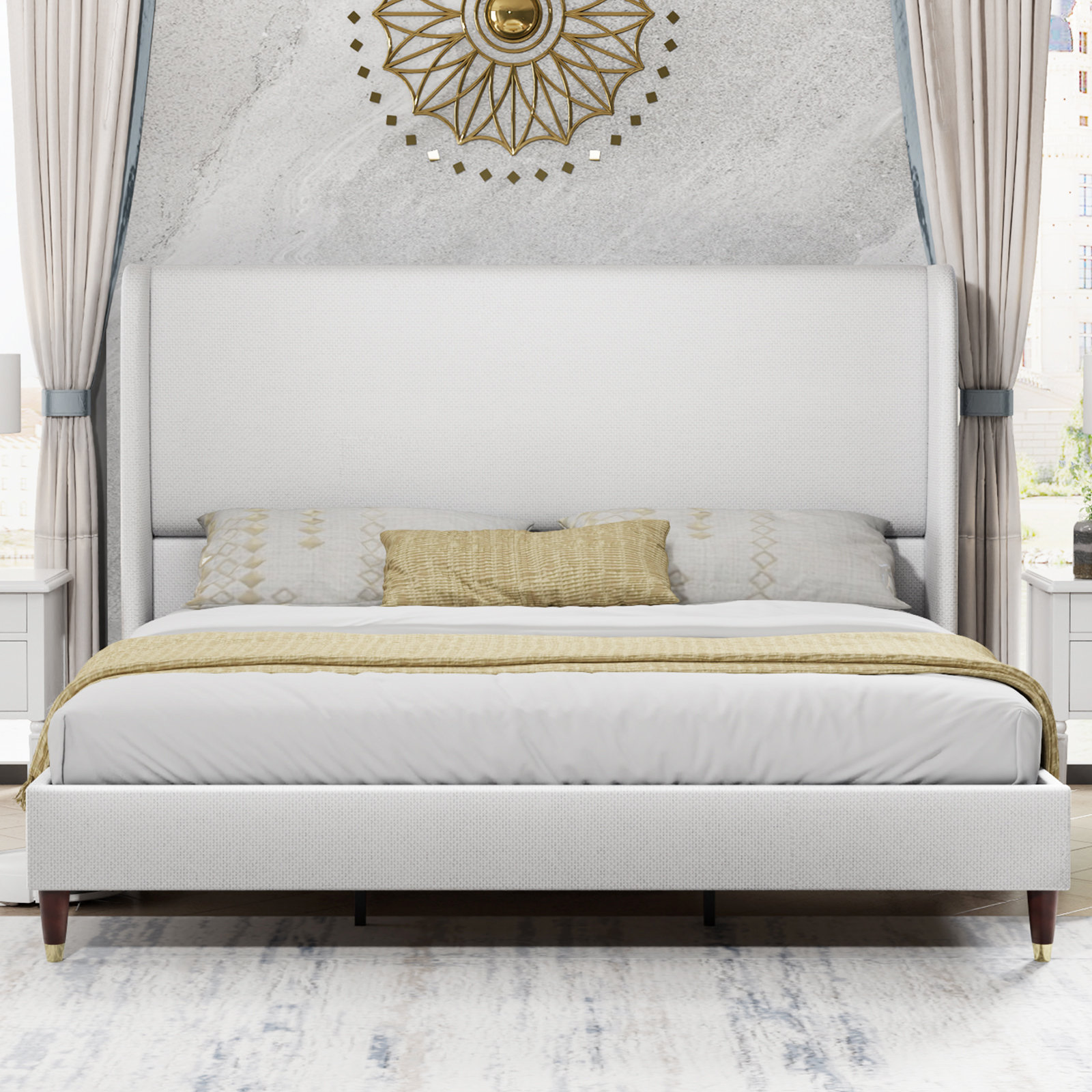
Bedroom Lighting Design for a Restful Sleep Environment
Lighting can significantly impact the quality of sleep. Investigate how different types of lighting—ambient, task, and accent—can be integrated into the bedroom to create a soothing atmosphere conducive to rest. From dimmer switches to smart bulbs that adjust color temperature, explore the latest technologies and design strategies for optimizing your bedroom’s lighting scheme.
